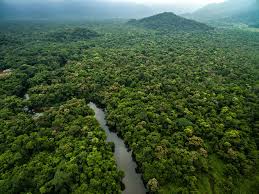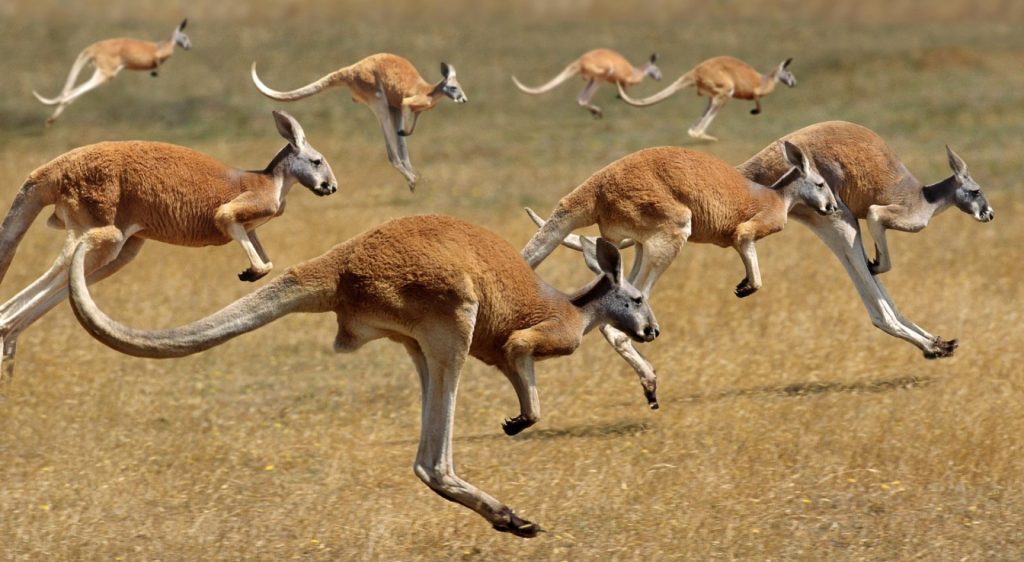Having been released near Petersfield in the South of England, they will be tracked by a team of academics, to make sure that they survive and thrive.
These beavers will help with the rejuvenation of a wetland area on the river Meon. Currently, the area consists of a straight section of the river, with a sort of duck pond beside it, however, once the beavers get to work, this will change dramatically – turning the pond into a series of ponds, and making it suitable to house a wide variety of British wildlife.
As found elsewhere in the UK, the beavers are likely to have a rapid impact on water quality (for the better). A second pair were introduced to an estate near Basingstoke just last year (they had their first kits in September this year).
As in other parts of the country, these beavers will spread out from where they have been reintroduced (if allowed) and are likely to link up with other populations, such as the Devon beavers, within a small number of years – it seems likely that without a sustained attempt to remove the beaver once again, it is only a matter of time, before they spread to all parts of the UK.
Apart from the joy of knowing they are there, there are many positive impacts of their presence: they will reduce flooding (areas that they do flood with their dams, are places which we likely should not have built anyway), clean water and create habitats for many other creatures. Perversely, they have also been shown to help forests recover (by creating a mosaic of different habitats) and therefore should be a positive for the forestry industry in the UK, despite fears to the contrary.















